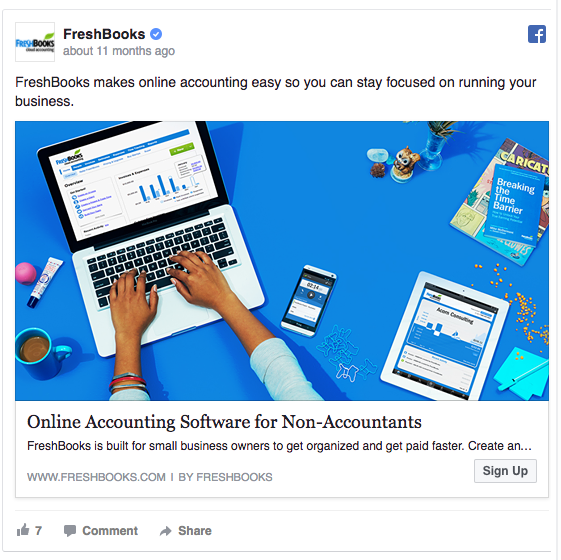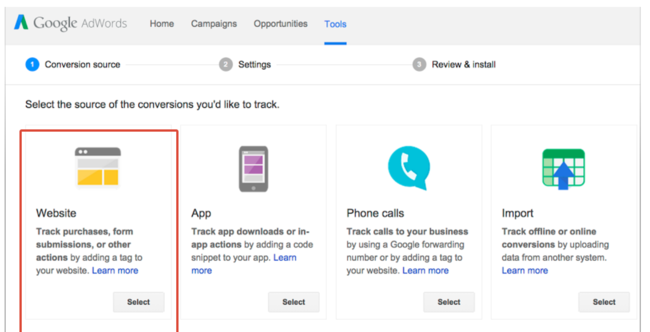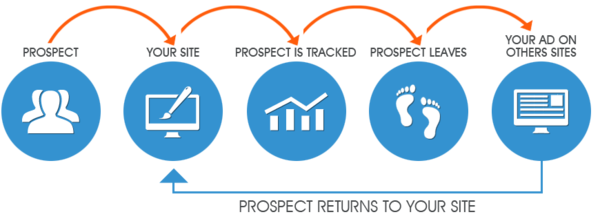Online advertising is a really good way to get your message and product in front of a very specific audience. Contrary to popular belief, PPC (pay per click) ads are not the magic bullet for getting people to your website and making sales. In short, PPC is a form of paid advertising where you are paying a fee whenever someone clicks on your ad. The concept of PPC is very simple: you create ads and they get displayed to your target audience according to a set of variables. The exact details will vary between different ad platforms, but basically, you are either bidding on specific keywords that people are searching for (Google AdWords) or you are targeting specific demographics and interests and then showing your ads to them (for example, on Facebook).
In today’s time, people are much harder to sell to and the competition is getting more intense each day so just by advertising on paid ad platforms won’t guarantee you any traffic or sales. Depending on which advertising platform you’re running ads, you must know how to exactly optimize ads for the specific platform or you just won’t make the most out of your ad budget. Not having a proper strategy in place would just lead to people ignoring your ads and you wasting your marketing budget.








